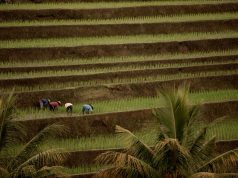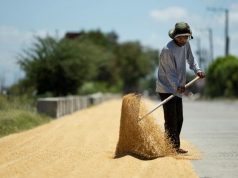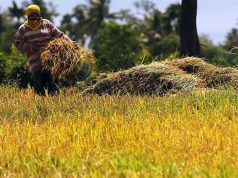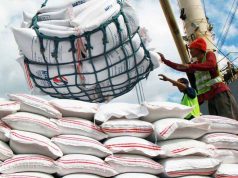
The Philippines is a tropical country that produces lots of fruits. It is no surprise then that people warmly received a post on Reddit that featured a seasonal chart of the country’s most popular fruits.
The chart by Reddit user “versonjohn” lists fruits that are ripe in particular months. The only fruits available year-round in the country are bananas, papayas and pomelos.
Some seasonal fruits in the Philippines
Atis (custard apple)
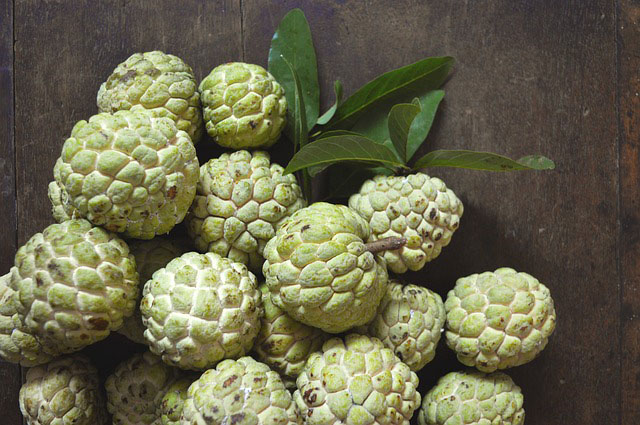
Atis has lots of seeds that are coated with a soft sugary pulp that tastes like custard. The sweet fruit is available from September to December.
Banana

Banana is considered the “most economically important fruit” in the country since it is one of the locally-produced fruits available throughout the year.
Chico (naseberry)

Chico has a sweet and malty flavor that has an edible coat. It’s also called an energy fruit because it has high levels of sugar. The fruit is available every January and February.
Dalanghita (mandarin orange)
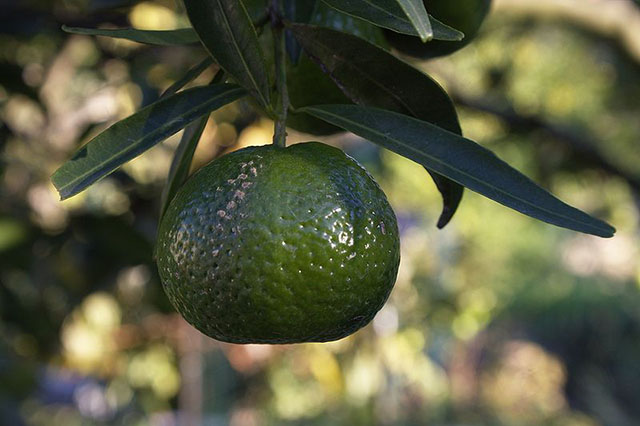
Dalanghitas are considered an important fruit around Chinese New Year because it symbolizes good fortune. They are available from January to February and October to December.
Duhat (Java plum)
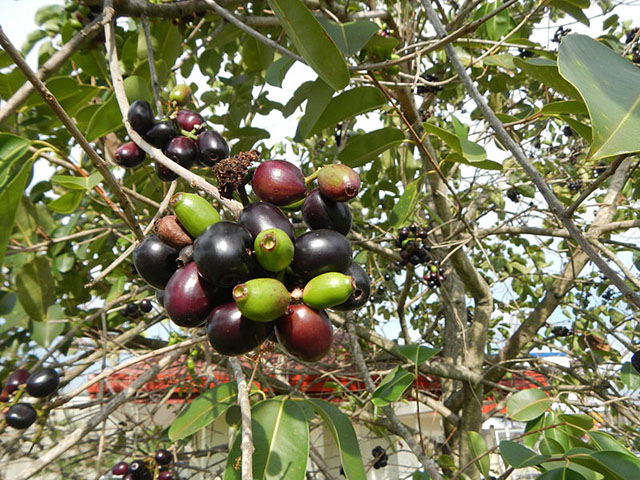
The duhat leaves a dark violet stain on the tongue when eaten. It is likened to an astringent since it causes a “puckering sensation” in the mouth. These are available from March to July.
Durian

Durians are notorious for being smelly because of the mixture of several chemicals found in the fruit. Despite this, they are known as the “King of Fruits” partly due to its size, odor and prickly look. Durians are in season from August to October.
Guyabano (soursop)
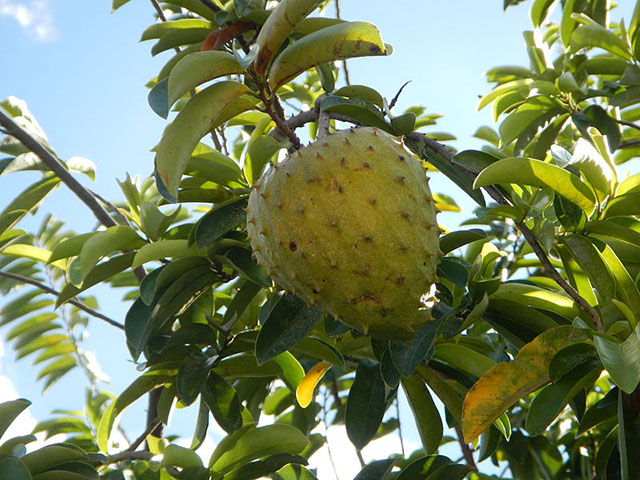
Guyabanos have a sweet pulp that is used to make juice, candies and ice cream flavorings. They are available from August to November.
Caimito (star apple)
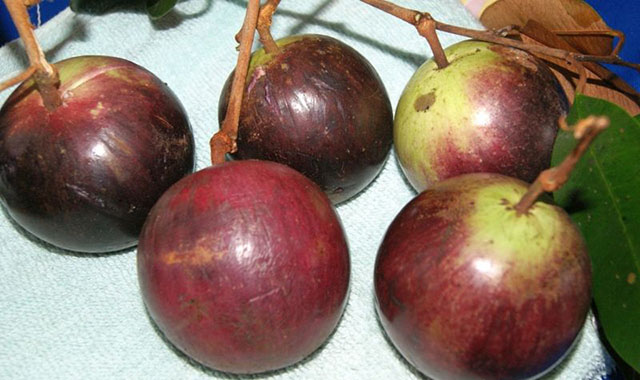
Caimitos are also known as star apples because of their star-like design when sliced in halves. It consists of two colors — white and purple. Caimitos are in season from January to March.
Langka (jackfruit)
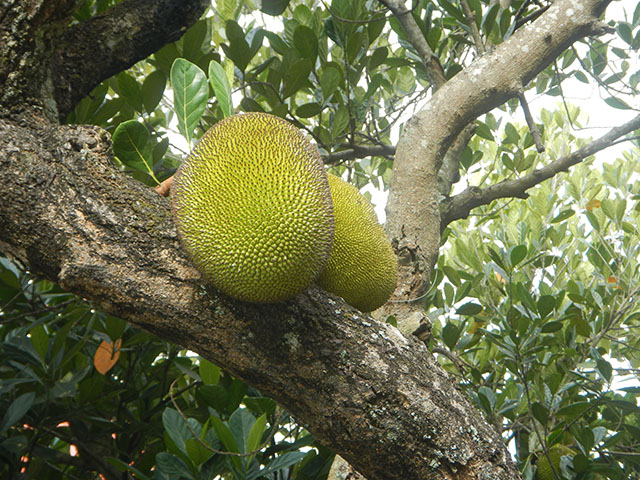
Langkas are usually mixed in halo-halo or banana cue recipes because of their sweet flavor. They are in season from March to May.
Lanzones
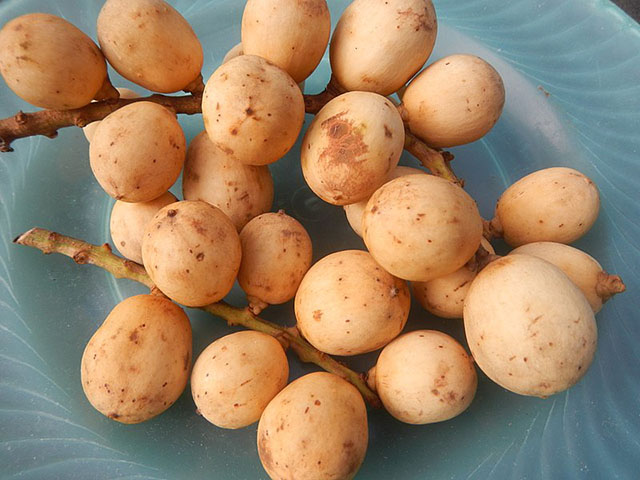
Lanzones are known for its sweet and sour taste but it becomes bitter if you taste its seed. They are available from August to December.
Mango

The mango is the national fruit of the country. One of its ripe varieties, the champagne mango, is considered the sweetest mango in the world. It is in season from March to June.
Mangosteen
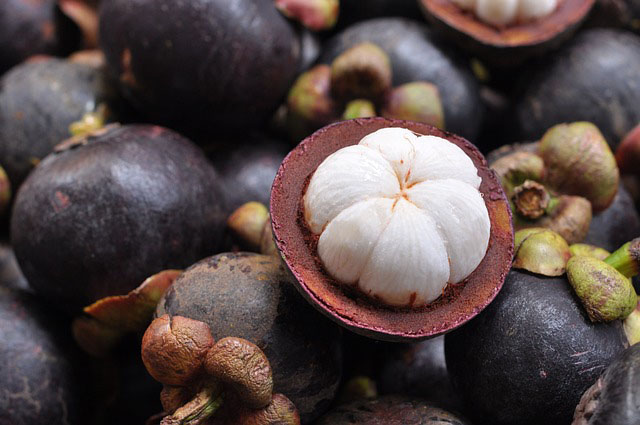
If durian is the “King of Fruits,” then mangosteen is the “Queen of the Fruits” for its high antioxidant properties and crown-like shape once sliced. They are available from June to November.
Melon

Melons are mixed with salads, halo-halo and sometimes even condensed milk. It is also used to prepare juice that is usually a hit during summer. They are available from April to July.
Pakwan (watermelon)

Pakwans are popular as desserts and is best eaten during summer because of its thirst-quenching properties. They are in season from March to July.
Papaya

Papaya was purportedly called the “Fruit of the Angels” by explorer Christopher Columbus because of its sweet and soft, butter-like consistency. It is in season throughout the year.
Pineapple

The Philippines is the second largest producer of pineapples next to Thailand. These fruits are exported to other countries as well. Pineapples are in season from May to July.
Rambutan

The fruit is similar to lychee but rambutan has a seed inside. It is best eaten when it is bright red in color, which means it’s ripe and sweet. They are in season from August to October.
Sampaloc (tamarind)
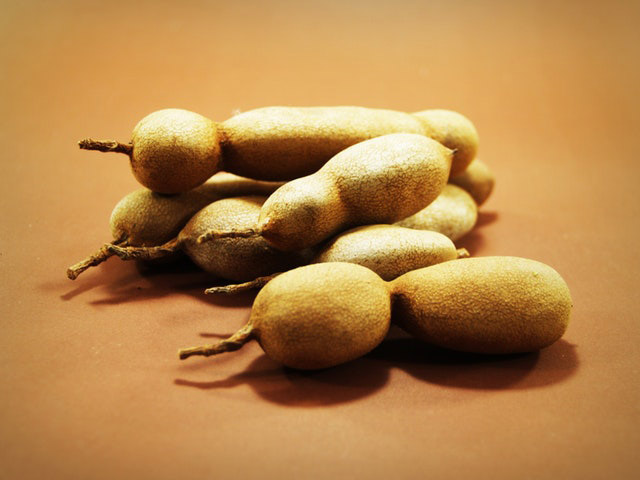
Tamarinds are usually used as a flavoring for savory dishes. They are also prepared as sugar-coated local candies. These fruits are available from October to December.
Santol (cotton fruit)
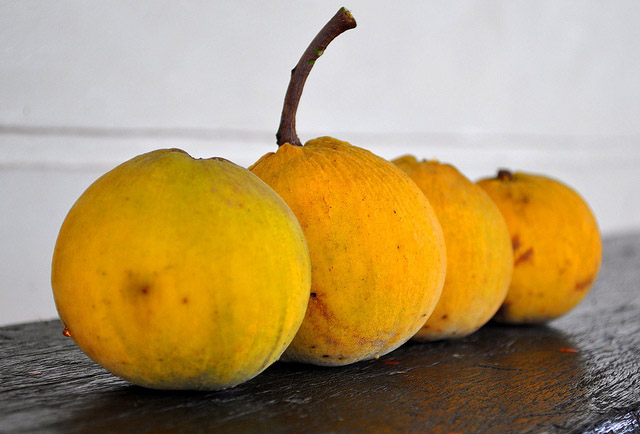
It is also known as a cotton fruit since there is a white cotton-like membrane inside once it is peeled. Some locals eat it with salt to add flavor. It is in season from July to September.
Siniguelas (Spanish plum)

Siniguelas are brought by the Spaniards during the colonization period, hence the name. It contains antioxidants that can help the body heal and repair. The fruit is available from April to June.
Suha (pomelo)
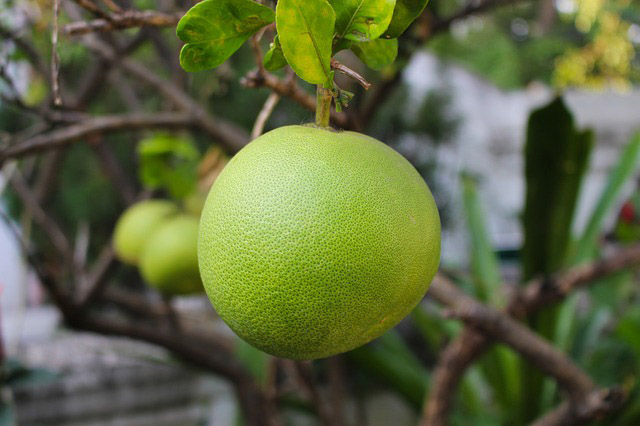
Pomelos are the largest fruit in the citrus family. They are also considered the cousins of grapefruit. Like the santol, some people also eat it with salt. These are available throughout the year.
The seasonality of fruits
According to forum site Biology Stack Exchange, seed and fruit production heavily relies on the environment’s light, temperature and humidity changes.
Celebrity chef Jamie Oliver further explained in a document titled “Seasonality and sourcing your food:”
“Fruit and vegetables naturally grow in cycles, and ripen during a certain season each year. When they are ripe, they are at their best nutritionally and tastewise.”
“If you eat ‘seasonally’, you are eating fruit and vegetables during the time of year they are naturally at their best.”
Fruits that are sold in local markets during their respective off-season are either imported or grown in specific conditions such as in greenhouses.
Oliver continued:
“Food that’s in season is generally fresher, tastier and better for you than food grown out of season.”
“It’s had time to grow and develop all of its nutrients and flavors. It is often cheaper, as it is usually grown locally and there is lots of it around.”




